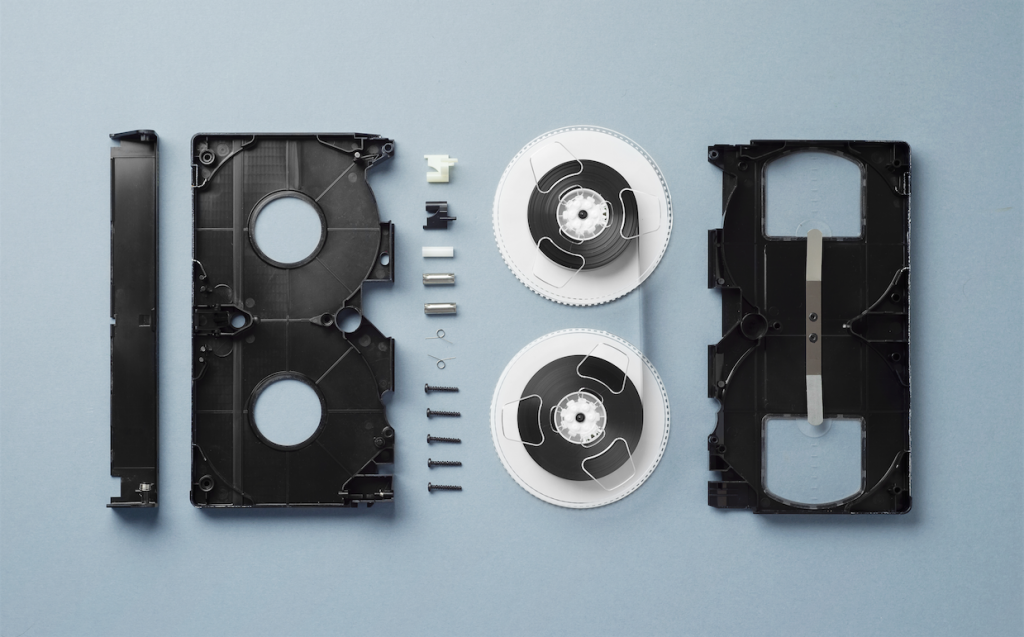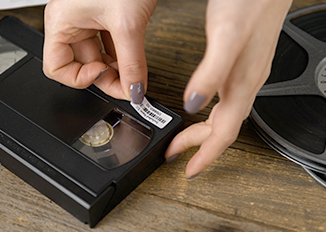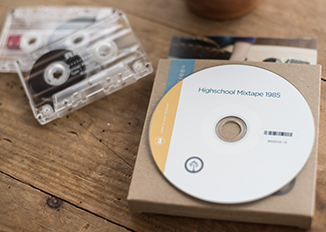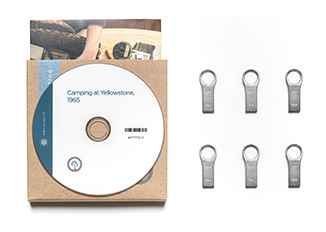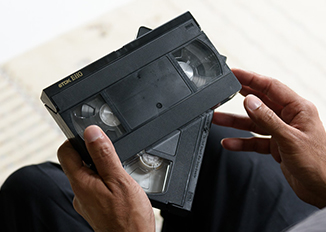It won’t scratch if dropped, and it always starts playing where you left off. It can record up to six hours and lets you fast-forward through anything. It doesn’t have any annoying menus or loading screens. Best of all, you can get rid of unwanted ads and trailers with a pair of scissors and a piece of scotch tape! You must be wondering what dream gizmo this could be. Well, it is the good old VHS!

A Technological Breakthrough
At some point in time, the Video Home System or VHS used to be just as big as DVDs are today. For the first time, people were able to record things. The idea of watching one show while recording another was a major turning point back then, and a breakthrough in technology. Although the VHS seems as old as dinosaurs—especially when comparing it to the all the high-tech gadgets we have now—its usage was discontinued only about a decade ago.
Turf War Between Giants
Various companies previously produced Video Tape Recorders (VTR), including the AMPEX Company and Sony. The AMPEX Company released the AMPEX VRX-1000 in 1956 at a whooping $50,000. Obviously, it wasn’t very popular or successful with the general public due to its outrageously high cost. Sony took the idea and came up with a new version in 1963, but it was still a little pricey for most people. Later, in 1975, Sony introduced the Betamax. The VHS was released soon after by JVC, and the VHS/Betamax war began with the VHS coming out as a clear winner. In its first year alone, the VHS format took about 40% of business away from Sony. By 1987, 90% of the $5.25 billion VCR market in the U.S. alone was based on the VHS format. Interestingly, the porn industry played a significant role in the triumph of the VHS format as Sony wouldn’t allow any pornographic content on its Betamax tapes. JVC had no such reservations and in 2001, there was a significant peak in VHS sales. As a matter of fact, enough VHS tapes were produced that year to cover the earth-moon distance more than 987 times!
The Rise and Fall of the VHS
The VHS videocassette format was first introduced in North America in 1977 at a press conference during the CES in Chicago. It featured a long playtime, fast-rewinding and fast-forwarding. The two-hour tape was considered to be incredibly compact and small, leading to the long-lasting success of the VHS. Even with the rise of DVDs, the VHS kept kicking and refused to die quickly. As of 2005, around 95 million Americans still owned VHS-format VCRs. Gradually, Hollywood stopped releasing movies on VHS. The last movie to be produced in VHS format was “A History of Violence” in 2006, signing the definite death of the VHS.
Today, we have DVDs and Blu-rays but who knows? A decade from now, we may have something entirely different and will find ourselves reading an article about the history of its ancestor!
